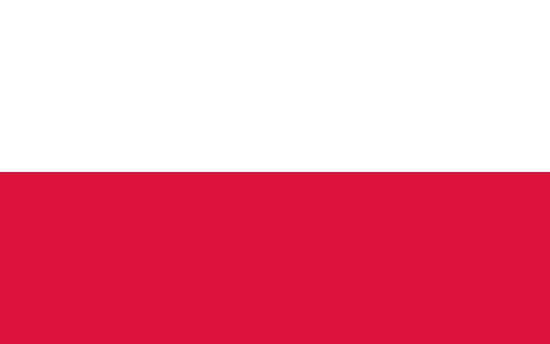"Lodz kreatywna | Lodz creative"
About:
Lodz, Poland, was founded in the 14th century and grew rapidly during the 19th-century industrial revolution as a textile hub. The city's population was diverse, with a significant Jewish community. During WWII, Lodz was occupied by Nazi Germany and the Lodz Ghetto was established. Post-war, it became part of the newly formed People's Republic of Poland. The collapse of the textile industry in the 1990s led to economic decline, but recent years have seen a focus on revitalization and cultural development.
When to visit:
Lodz, located in central Poland, experiences a continental climate with distinct seasons. The best time to visit Lodz for a holiday is during the summer months from June to August when the weather is warm and pleasant. This is the peak tourist season in Lodz, with many outdoor events and festivals taking place. Additionally, the city's parks and gardens are in full bloom during this time, providing a picturesque backdrop for sightseeing and leisurely strolls.
When to avoid:
Lodz, located in central Poland, experiences its coldest and most challenging weather during the winter months of December to February. Traveling to Lodz during this time can be unfavorable due to the cold temperatures, frequent snowfall, and limited daylight hours. Additionally, many tourist attractions and outdoor activities may be limited or closed during the winter season. Travelers may find it more enjoyable to visit Lodz during the spring or summer months when the weather is milder and more conducive to exploring the city and its surroundings.
Winter (Dec-Feb)
In Lodz, Poland, the coldest part of the year is in January, with temperatures ranging from -6°C to 1°C. The city experiences an average rainfall of 30mm, with most days being overcast. Sunlight is limited to about 2 hours per day. The city is often blanketed in snow, giving it a picturesque winter wonderland appearance. An average day for a visitor would involve bundling up in warm clothes and enjoying the snowy landscapes. Indoor activities like museum visits or enjoying local cuisine are also popular.
Summer (June-August)
In Lodz, Poland, the warmest part of the year is from June to August, with July being the warmest month. During this period, the average high temperature ranges from 22°C (72°F) to 25°C (77°F), and the average low temperature ranges from 12°C (54°F) to 15°C (59°F).
Rainfall during these months is moderate, with June being the wettest month, averaging about 70mm of rainfall. The average daily sunshine hours range from 6 to 8 hours, with the longest days in June.
Humidity is relatively low in the summer months, ranging from 50% to 70%. The sky is partly cloudy, with cloud cover varying from 30% to 50%.
A typical day for a visitor in Lodz during the warmest part of the year feels pleasantly warm. The mornings start cool, gradually warming up to reach the day's peak temperatures in the afternoon. The evenings cool down again, making it comfortable for outdoor activities. There might be occasional rain showers, but they usually don't last long. The relatively long daylight hours provide ample time for sightseeing. The low humidity makes the heat bearable, and the partly cloudy sky offers a respite from the direct sunlight.
Language:
In Lodz, the most commonly spoken language is Polish, as it is the official language of Poland. However, English is also frequently used, particularly in business settings and among younger generations due to its status as a global lingua franca. Other languages spoken include Russian and German, reflecting the city's historical ties and geographical proximity to these countries.




